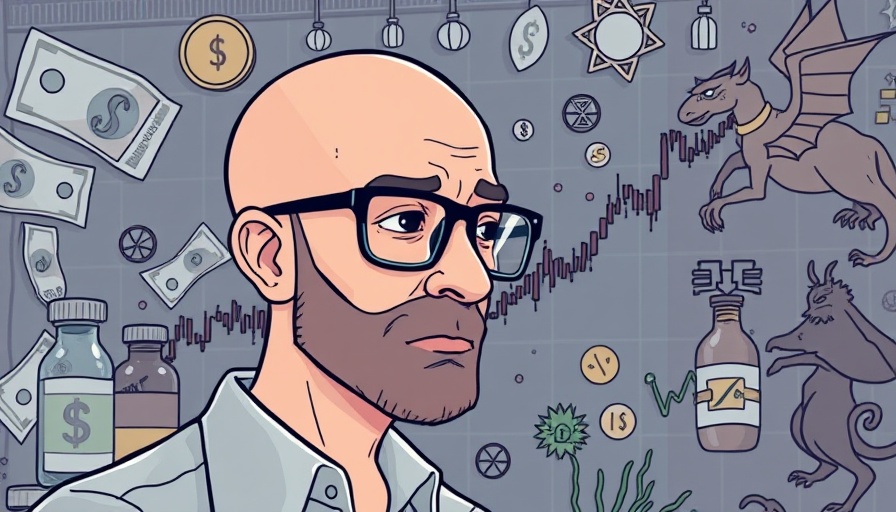
The Gloomy Reality of the Biotech Industry
Despite some glimmers of hope in sectors like pharmaceuticals, the biotech industry seems to be on a downward spiral. Investors' confidence wanes as stock values tumble, and many companies are left restructuring or shutting down entirely. Experts note that over 100 biotech companies restructured or laid off workers in the previous year, a stark reminder of the industry's fragility.
Key Challenges Facing 2025's Biotech Startups
As the year unfolds, emerging biotech firms are grappling with significant challenges. Competition from China, where licensing deals are prospering, complicates the landscape for U.S. drugmakers. Many American companies are shifting their focus to China for potential drug acquisitions, leaving local startups struggling to secure investor attention.
Investor Sentiment: From Optimism to Pessimism
This drastic shift in sentiment has transformed the market into what analysts label a “stock-pickers’ market.” The struggle is intensified by a backlog in initial public offerings (IPOs), which has many startups remaining in limbo. As investors are increasingly selective, the hurdles for startups aiming to go public seem more daunting than ever.
Future Outlook: What Lies Ahead for Biotech?
Looking ahead, experts are divided on whether the industry will experience a turnaround. On one hand, larger pharmaceutical companies might offer a glimmer of hope as they seek to replenish their pipelines through acquisitions of biotech firms. On the other hand, the ongoing regulatory uncertainties and the need for substantial proof-of-concept may continue to stifle growth.
The biotech industry, once filled with tremendous promise, now faces a test of resilience amid an environment characterized by uncertainty and competition. Those directly involved in the sector may need to brace themselves for another challenging year ahead.
 Add Row
Add Row  Add
Add 




Write A Comment